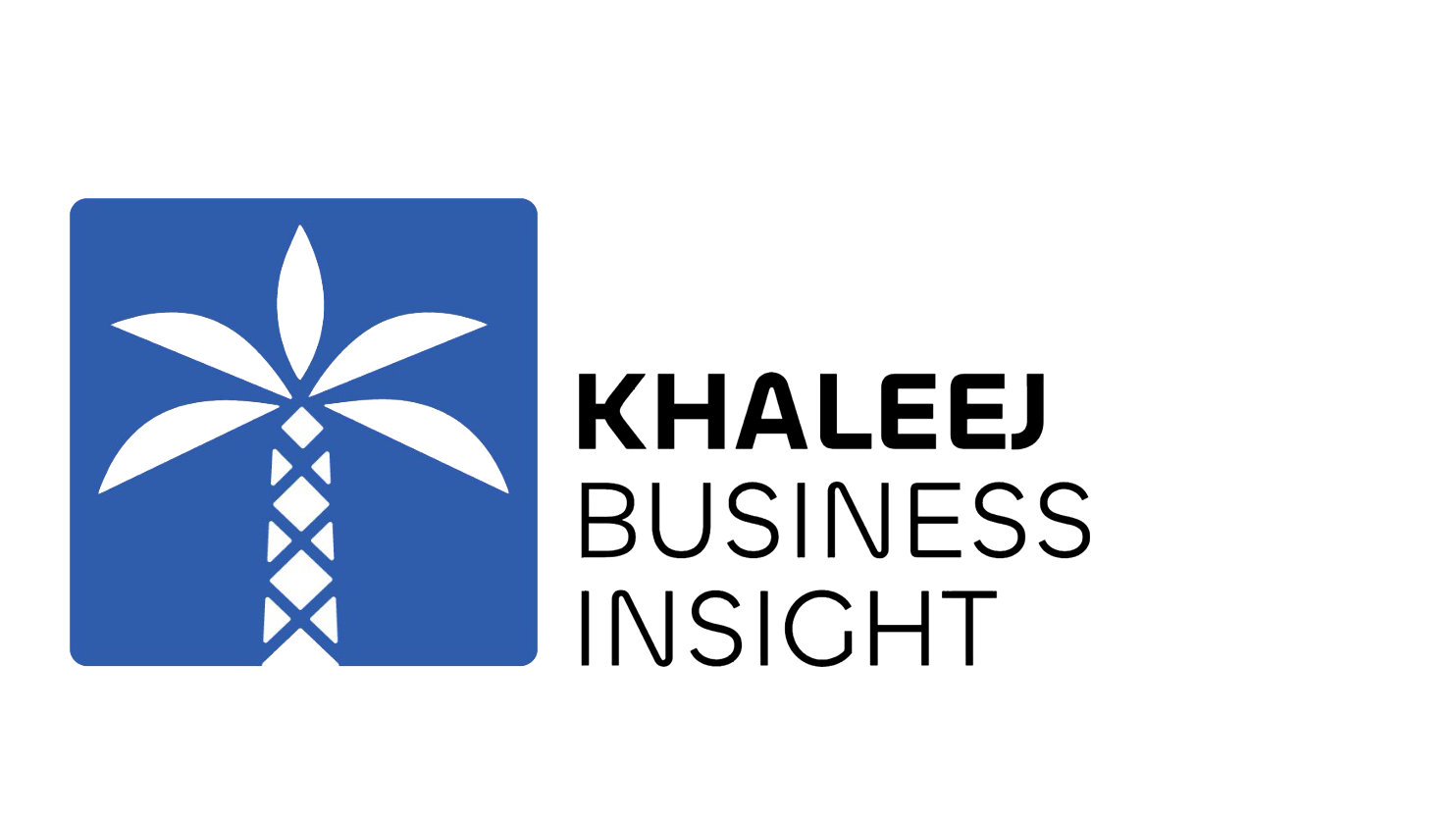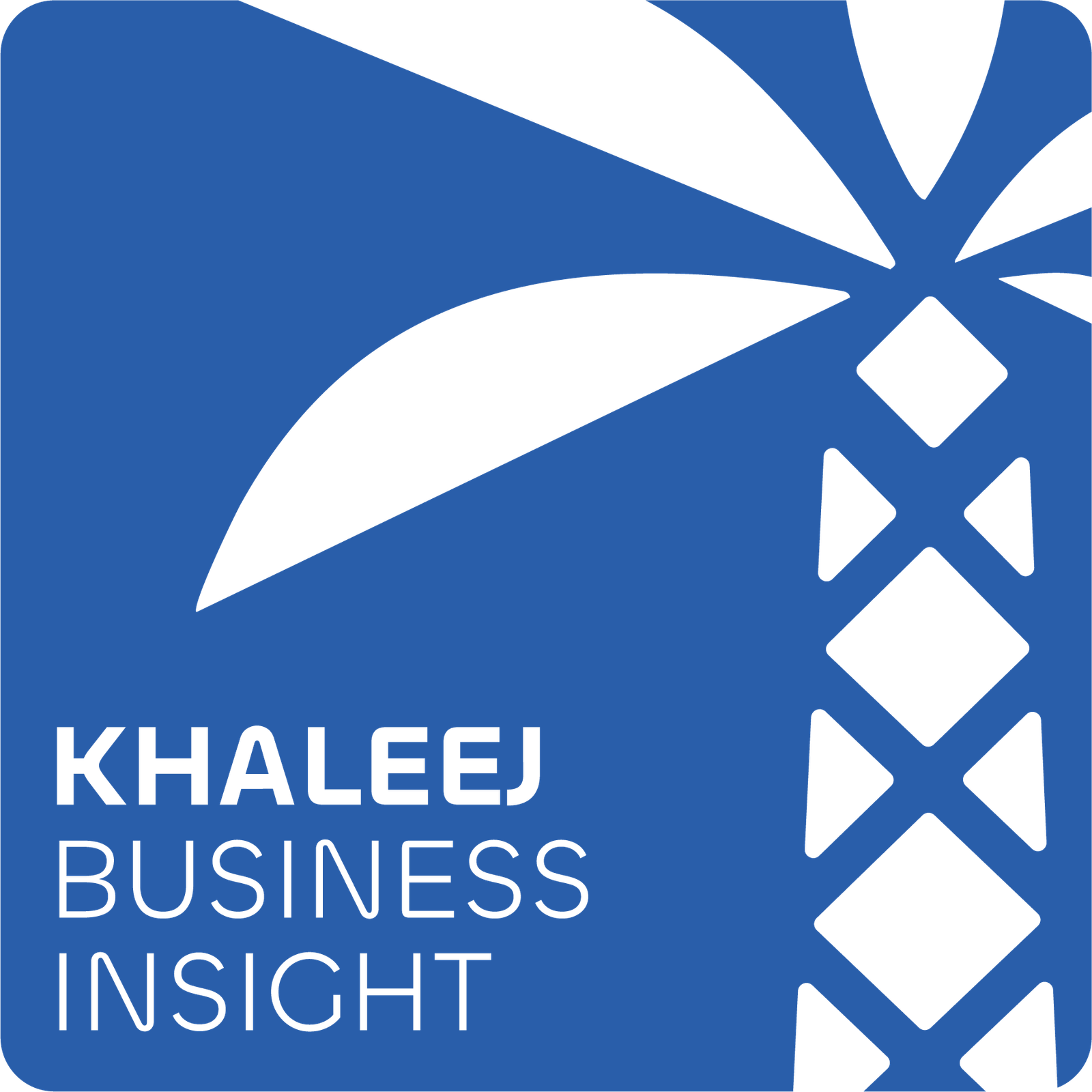Oman is moving rapidly from planning to execution in its ambitious green hydrogen program. The nation’s strategy, led by Minister of Energy and Minerals Salim bin Nasser Al Aufi, aims to position Oman as a global hub for clean energy. The Oman hydrogen projects now focus on meeting both international demand and growing domestic energy needs.
Al Aufi reaffirmed Oman’s goal of producing one million tonnes of green hydrogen annually by 2030. He explained that the country’s transparent project allocation framework has attracted major international investors. Moreover, the structured regulatory system encourages confidence among developers and strengthens Oman’s credibility in the global hydrogen sector. The Oman hydrogen projects also benefit from clear environmental and technical standards that help accelerate development.
According to Al Aufi, several projects in Duqm have already begun execution, signaling tangible progress across the industry. Developers have completed environmental studies and resource baselines, demonstrating Oman’s readiness for large-scale implementation. Additionally, Hydrom, the national hydrogen orchestrator, continues to design shared infrastructure for power, water, and hydrogen storage. This coordinated approach, therefore, supports collaboration between local and international partners.
Furthermore, Oman recently launched new incentives to attract global investors into the hydrogen industry. These include reduced land lease fees, tax exemptions for up to ten years, and royalty relief for early production years. Such incentives make the Oman hydrogen projects more bankable and competitive compared to other emerging markets. Al Aufi stressed that these fiscal measures will help secure early-stage financing and encourage long-term investment.
However, he acknowledged key challenges that affect the hydrogen industry worldwide. Among them are certification and traceability standards that ensure compliance with renewable fuel regulations. Without these standards, he noted, developers struggle to finalize contracts with European and Asian buyers. Therefore, Oman continues to work closely with partners to create transparent frameworks for measurement and verification.
Another challenge involves ensuring visibility between supply and demand. Al Aufi stated that stable pricing and clear offtake agreements are crucial for investors. Consequently, Hydrom is developing domestic hydrogen auctions and international offtake systems to boost investor confidence. The government also promotes collaboration between private developers and public institutions to maintain project alignment and timely delivery.
Oman’s early policy actions, such as establishing a single-permit system and launching the Ecosystem Readiness Platform, demonstrate its proactive approach. These initiatives simplify procedures and reduce delays, allowing developers to focus on execution rather than bureaucracy. With these efforts, the Oman hydrogen projects continue to lead the region’s energy transformation and drive sustainable growth.





